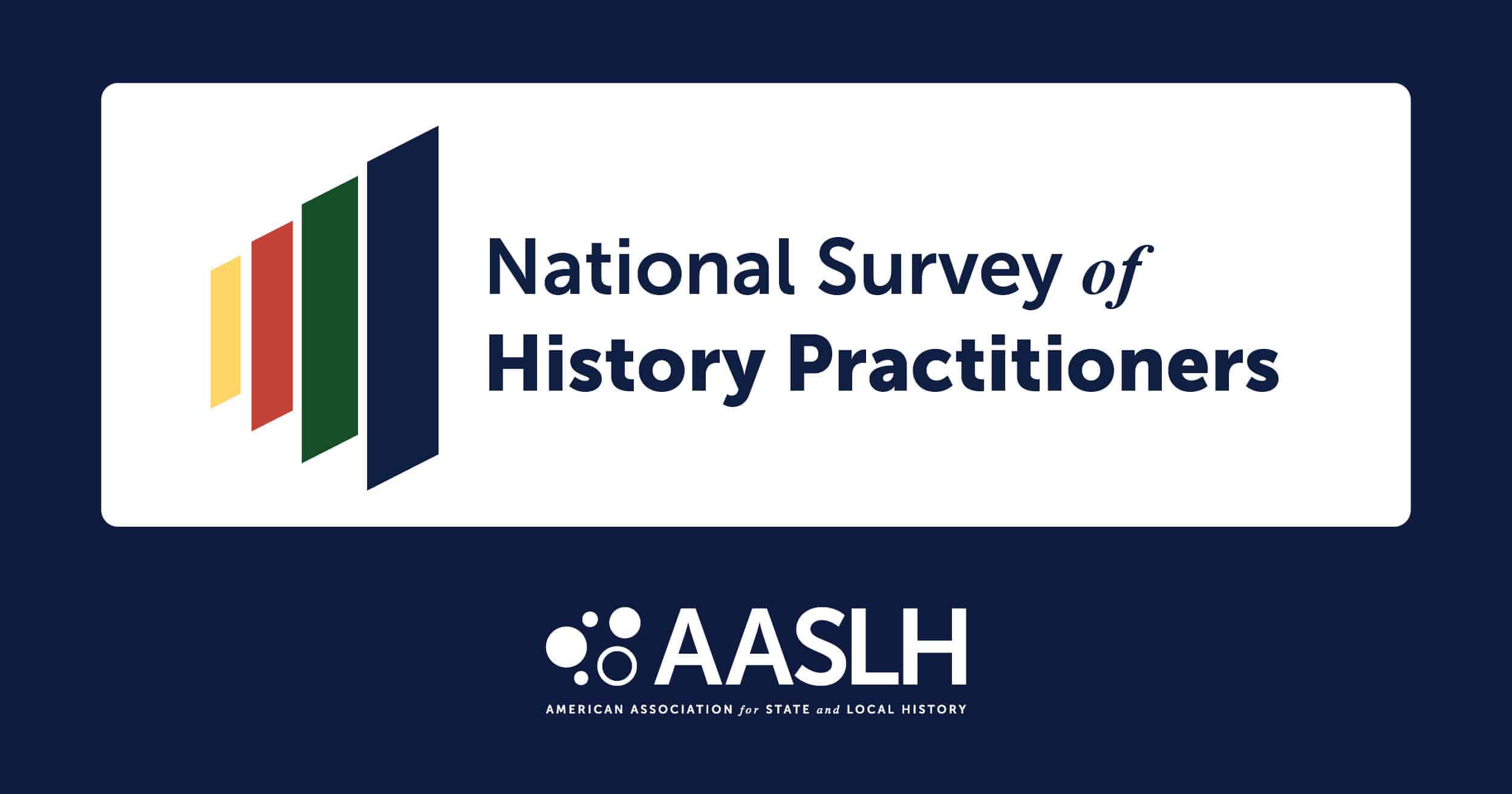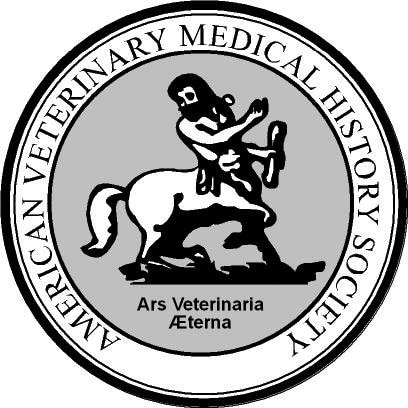(This review originally appeared in the February 2016 edition of Ohio Local History Alliance’s The Local Historian.)
Lois Hamill’s Archives for the Lay Person: a Guide to Managing Cultural Collection is a useful manual for local history organizations wanting to do the right thing. Many small organizations and historical societies don’t have an archivist on staff, or for that matter, any staff. Archives for the Lay Person will be most useful to those institutions. Hamill, an archivist at Northern Kentucky University, has written a basic handbook that precisely describes the core archival principles and how they apply to your collection.
 Hamill begins with a short chapter containing some background and defining basic concepts like archives, records, and manuscripts. The book then covers the entire process of taking care of an archival collection: from accepting, organizing and describing materials, to storing, caring for, and making them available for researchers and exhibits. With detailed, illustrated instructions, Hamill also shows how to use PastPerfect software to do this. While this information is extremely useful for organizations that have this software, readers who think this material isn’t relevant may skim over it. The diagrams and instructions in these chapters, by themselves, are invaluable in showing the most up-to-date, approved archival practices.
Hamill begins with a short chapter containing some background and defining basic concepts like archives, records, and manuscripts. The book then covers the entire process of taking care of an archival collection: from accepting, organizing and describing materials, to storing, caring for, and making them available for researchers and exhibits. With detailed, illustrated instructions, Hamill also shows how to use PastPerfect software to do this. While this information is extremely useful for organizations that have this software, readers who think this material isn’t relevant may skim over it. The diagrams and instructions in these chapters, by themselves, are invaluable in showing the most up-to-date, approved archival practices.
Even if you don’t have PastPerfect, Hamill provides a wealth of examples of best practices. The book has three indexes of sample policies and forms, as well as examples of finding aids, file structures, and much more. These samples come from real archives, so readers can see how other institutions use the concepts Hamill discusses. Filling out these forms helps you organize your archives and makes them easier to use, but, as Hamill emphasizes, many of them, such as a Deed of Gift properly denoting ownership, and copyright notices to researchers, are also important for legal reasons.
Archives for the Lay Person also covers best practices for storing, handling, and preserving collections. Two chapters discuss photographs and give advice on appropriate preservation materials. They also cover preparing for disasters, caring for less common objects, and knowing when to call in outside experts. Most sections in the book also include rich bibliographies and useful “further reading” lists. As a bonus, Hamill not only shows you how to find experts in specific preservation fields, she also provides an appendix of trusted vendors.
Hamill wrote this book specifically for those of us working in small archives, historical societies, and local history organizations who want to build and care for our collections properly. For those organizations, Archives for the Lay Person is an invaluable resource and reference book. With the basic principles Hamill outlines, you can adapt some of these practices to the particular needs of your institution’s collection. If you want to make sure you’re doing things “the right way,” this book should be on your shelf.
_____
This book is part of the AASLH Series at Rowman & Littlefield Publishers. Members always get 20% off the AASLH Series. Click here to buy the book.



